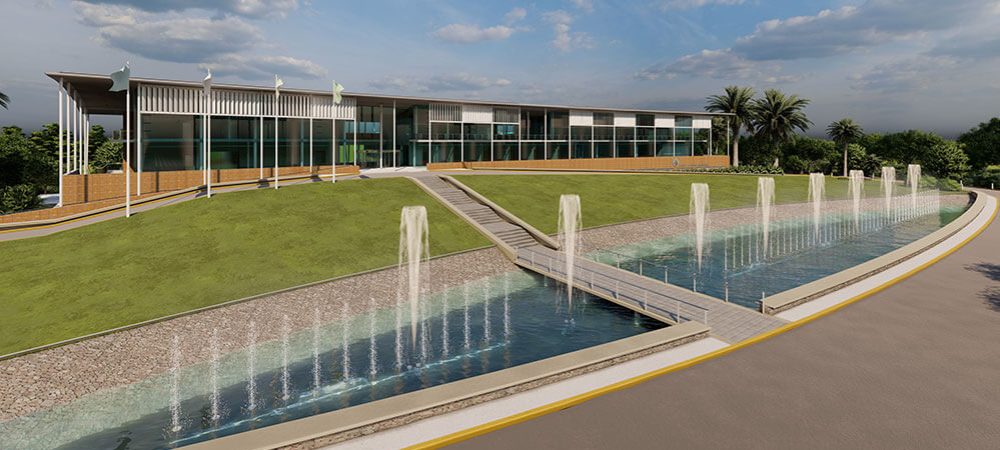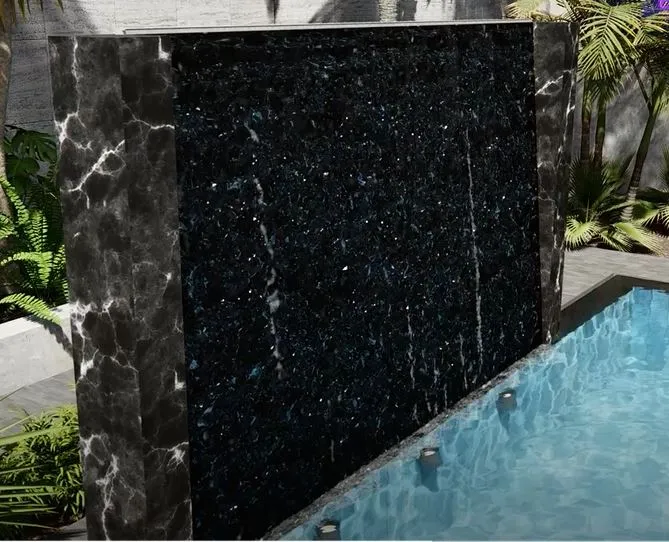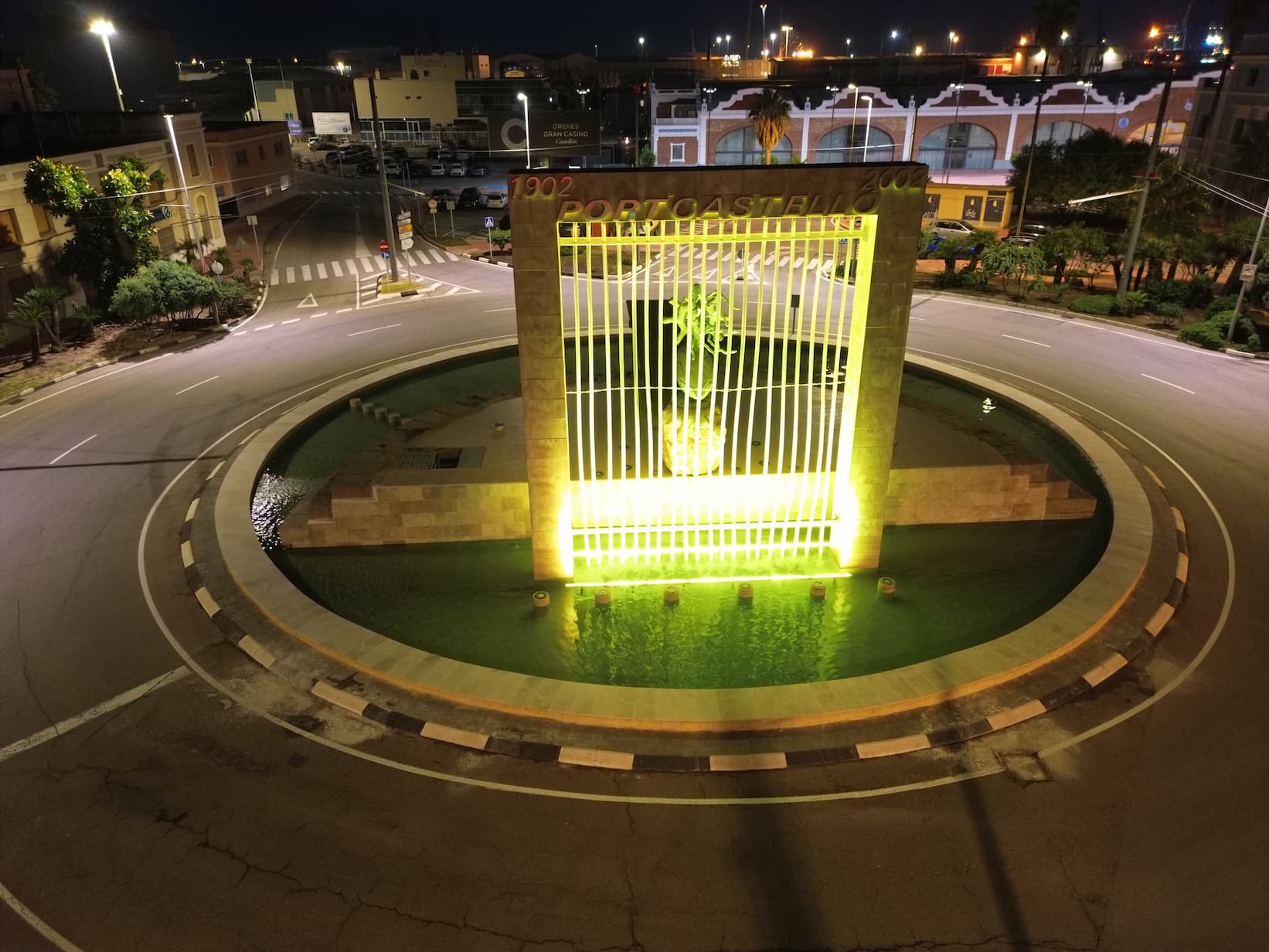Designing an ornamental fountain is a task that requires intense preliminary work. It’s not something that can be left to chance, especially since it will significantly affect both the final outcome and the budget.
For this reason, there are several key factors to consider when designing an ornamental fountain. In this article, we will highlight the most relevant ones.
The Timeless Charm of an Ornamental Fountain
Decorative fountains have brought life to streets and squares for centuries, turning a simple corner into a spectacle that attracts thousands of people to watch. Therefore, everything from its design to the harmony of each element must be well defined.
When planning an ornamental fountain, it’s crucial to remember that the goal is not just to create a structure, but a focal point that continues to make an impact for decades. This is why proper maintenance must also be carried out.
A Design Tailored to Its Purpose
The first step in designing an ornamental fountain is to be clear about its purpose and function. Before starting to draw sketches, these fundamental questions must be answered.
Defining the purpose is essential because it will help focus the design. If it is meant to refresh the environment and act as a social meeting point, the project will take a different direction than if it is a monument to be admired.
Another factor to consider is the space where it will be located. The environment conditions elements such as size, materials, or the characteristics of the installation as a whole.
Appropriate Style and Theme
These two factors must harmonize with the environment where the ornamental fountain will be installed. If it is a historic park, a classic design is more appropriate than an avant-garde style, which fits better in a commercial space. Some styles to highlight are:
- Classic. With strong inspiration from ancient fountains of Greece and Rome, or the Renaissance, this style is characterized by ornamental elements such as sculptures and columns.
- Modern. Defined by clean lines and geometric shapes, aimed at functionality. These are usually minimalist fountains.
- Abstract. This style is characterized by lacking recognizable forms and experimenting with unconventional materials and textures.
- Thematic. Thematic fountains seek to tell a specific story related to nature, mythology, history, etc.
Material Selection
The materials to be used is another key point in designing an ornamental fountain. This will affect both the appearance and durability, as well as future maintenance needs. It is usual to choose materials that can adapt to the artistic vision of the fountain, and at the same time withstand the test of time. Natural stone, glass, or metals like stainless steel are good examples, some for the internal structure and others for the external finish. This factor also has a direct influence on the budget, another detail to consider in an ornamental fountain.
Planning the Hydraulic and Electrical System
To ensure the proper functioning and safety of the installation, each electrical and hydraulic element of the ornamental fountain must be carefully planned. Factors such as the capacity of the water pump, the filtration system, or the protection of electrical components, like lights or connections, must be well specified in the design. In addition to complying with current regulations.
The fusion of water and light effects is a critical factor in designing an ornamental fountain. Especially at night, the lighting effects combined with the action of the water transform the fountain into a captivating experience.
The Budget, an Essential Factor
Without a concrete budget, a viable project cannot be developed. Nor is it a good idea to try to design an ornamental fountain spending as little as possible, because it will end up being an absolute failure.
Therefore, it is vital to be clear about the amount of money that can be spent, including a provision for unforeseen events. Maintenance costs should also be calculated, especially so that it doesn’t end up abandoned due to lack of funds.
Creative Process: From Design to Reality
The design of an ornamental fountain is a journey where various concepts and ideas must be explored, developed into a sketch or a model, and see how the project takes shape.
Once the execution is underway, it is likely that unforeseen challenges will arise that test the development of the planned design. Therefore, it is essential to make the necessary checks and adjustments to ensure optimal performance.
The Perfect Balance Between Art, Engineering, and Beauty
In conclusion, designing an ornamental fountain is a very rewarding task, as well as a real challenge. It’s essential to find the right balance of functionality and style to turn the project into an element that captures attention.
Creativity and technical knowledge will bring to life a work that leaves a lasting impression on the community and in the memory of those who admire it.






